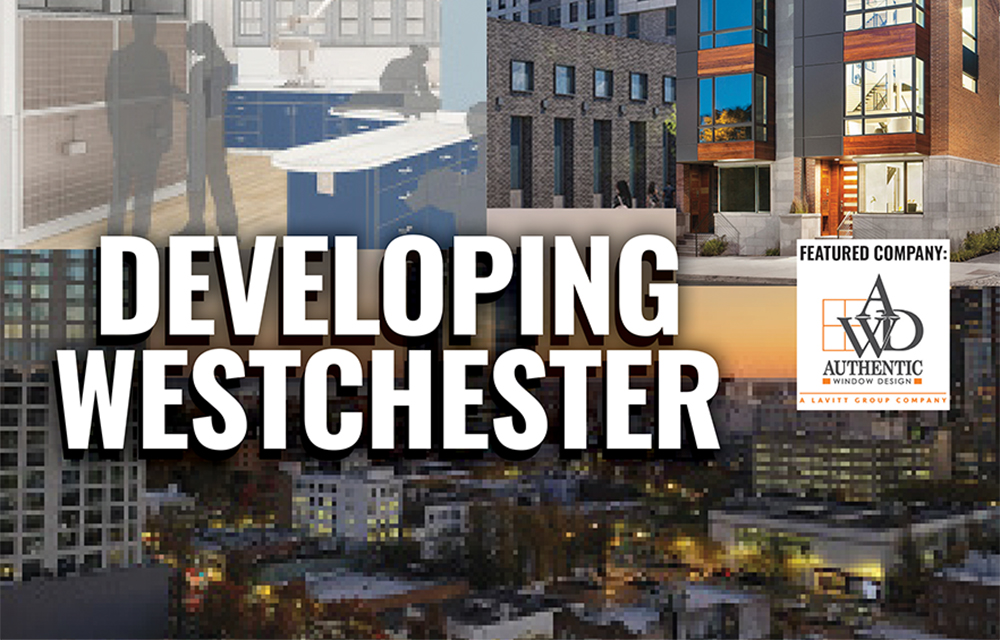Development in Willets Point neighborhood of Queens stalled because a parking lot is park land - by Rolfe Haas

Besen & Associates
Willets Point. It’s a relatively small project with only 5,500 planned housing units (of which 1,975 are affordable), a school, a megamall and community facilities on 70 acres, right next the CitiField, the Mets Stadium. In the 1940s, even though America was still in the Depression, MetLife built planned communities: Parkchester in the Bronx (housing 12,000 families), and then Stuyvesant Town-Peter Cooper Village (80 acres, 110 buildings, 11,250 apartments, and 25,000 residents) and the Riverton Houses in Manhattan in 1947. These planned communities created safe, clean environments with parks and amenities that accommodated everyone from the young to the elderly. Parkchester and StuyTown just turned 75, while LeFrak turned 50.
New York thrived after the tremendous building and population boom from 1900 to 1930. The Bronx essentially was built in 30 years in a fervor of residential development, from 1900-1929, when its population grew from 200,000 to 1.3 million in 1930, with hundreds of thousands of units of residential housing. And this was before the USA’s post-WWII boom. Oddly, however, the population of the Bronx remained rather stagnant for 86 years. According to the US Census, it was 1.27 million in 1930 and 1.39 million in 2016.
Queens was a bit different. In 1900, its population was 153,000 and 1.1 million in 1930. In 2016, it had grown to 2.3 million, quite unlike the Bronx. Naturally, there were many development projects to accommodate the growing population, including LeFrak City, built in the 1960s, which houses 14,000 people adjacent to a large shopping mall. There were other large apartment complexes and neighborhoods, many of which now need rejuvenation.
As we can see, New York in the past set the benchmark as a leader of urban development since the five boroughs were consolidated into New York City in 1898, catalyzing the development of roads, bridges, highways, tunnels, the largest city university system in the world, extensive parks and other public amenities. However, over the past 50 years, although New York has seen many great luxurious office buildings, hotels, and high-end residential and retail projects rise, have there been any affordable housing developments similar to the aforementioned since 1970, excluding Housing and Urban Development (HUD) projects?
New York blossomed exponentially because it attracted smart, driven people. From a population of 3.4 million in 1900, much of the city’s growth was fueled by the development of affordable housing. That was the past. Between 1950 and 2000, New York City’s population only grew from 7.9 to 8.0 million. It’s up to 8.5 million now. Meanwhile, between 1950 and 2017, London has grown from 8.3 to 10.6 million, Paris from 6.3 to 11.0 million, Moscow from 5.4 to 12.3 million, Tokyo from 11.3 to 38.2 million, Beijing from 1.7 to 22.1 million, Shanghai from 4.3 to 25.2 million, Hong Kong from 2.2 to 8.5 million, and Jakarta from 1.4 to 10.6 million. These are sobering statistics. Our politicians must wake up and respond to our stagnant population growth in relation to other large cities that also attract smart, driven people.
Let’s consider global population statistics. Around 1967, the world population was 3.5 billion. It has doubled to 7 billion. By 2050 – in 33 years – it is projected to be 10 billion. Quite possibly, that estimate is low. With urbanization being unstoppable, many cities are planning for this. Global cities have been transforming themselves from metropolises to megalopolises, from London to Shenzhen-Guangzhou. Moreover, smaller large cities are considering merging to enhance their infrastructures and create competitive megacities – such as a proposed sort of merger of Amsterdam-Utrecht-Rotterdam-Leiden into a megacity to attract talent and capital over other cities such as New York, London, Paris or Hong Kong.
Back to the politically stalled Willets Point development. We have a blighted area adjacent to a famous, popular, branded national professional baseball stadium. We can create economic activity, much needed housing, tax revenues, 7,100 permanent jobs, and 12,000 direct construction jobs. Mayor Bloomberg’s administration conceived it in 2008, foreseeing $3 billion of private investment for Phase 1. The city began $50 million in critical infrastructure work in December 2011. After nearly ten years of planning, the June 6, 2017 decision by the New York Court of Appeals forbids the development of a 200-store megamall on the parking lot for the baseball stadium, because that parking lot is considered to be park land. The NYS Legislature must now approve the mall, stalling development even further.
Our message to the NYS legislators should be to approve the development and even approve more housing units on that site–particularly for affordable. MetLife was able to achieve much higher density in the past, and those communities were successful. A mall can include park-like community space with commerce. Stalling developments is imprudent. Credit and access to capital to complete real estate projects should not be taken for granted, and this opportunity at Willets Point should be fast-tracked by the legislators to avoid further delays. Many parts of New York City absolutely need further development to accommodate the demand to live and work here, and if we do not provide the housing (along with the commercial, retail, and community spaces), we disadvantage ourselves in the future.
As creative capitals that require branding and openness in regard to migration, the top cities are destined to be megalopolises. The urban populations should exceed 20 million, and the denizens will be global citizens with numerous options. China supposedly is building a city with a projected population of 100 million. The Guangzhou-Shenzhen tech corridor will become a 42 million person megacity (and this does not include Hong Kong, its neighboring city). They are obviously providing the necessary affordable housing. Could Google or Amazon consider relocating there if the conditions were right? Could we envision a flight of capital under the right tax or investment incentives? If legislators continue to stall developments, that might happen.
Rolfe Haas is a director at Besen & Associates, New York, N.Y.
Over half of Long Island towns vote to exceed the tax cap - Here’s how owners can respond - by Brad and Sean Cronin


The strategy of co-op busting in commercial real estate - by Robert Khodadadian

Oldies but goodies: The value of long-term ownership in rent-stabilized assets - by Shallini Mehra

Properly serving a lien law Section 59 Demand - by Bret McCabe







.png)

.gif)
.jpg)
.gif)